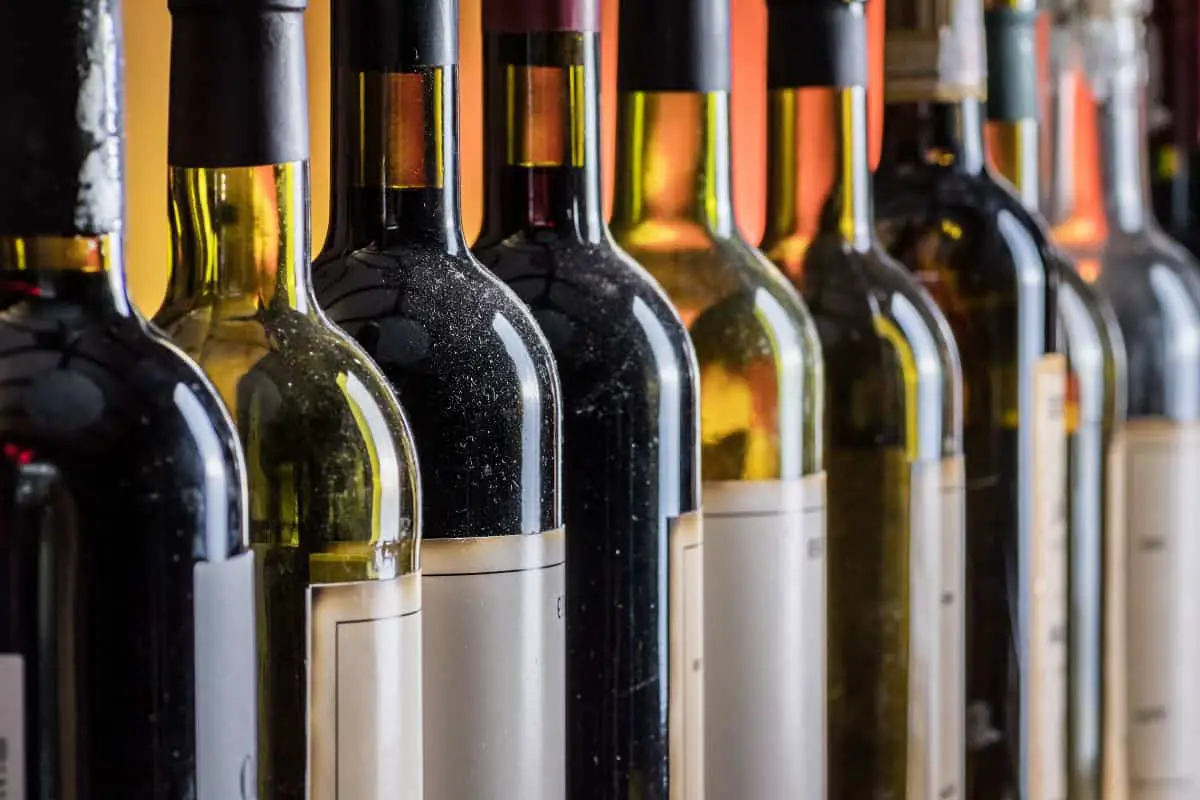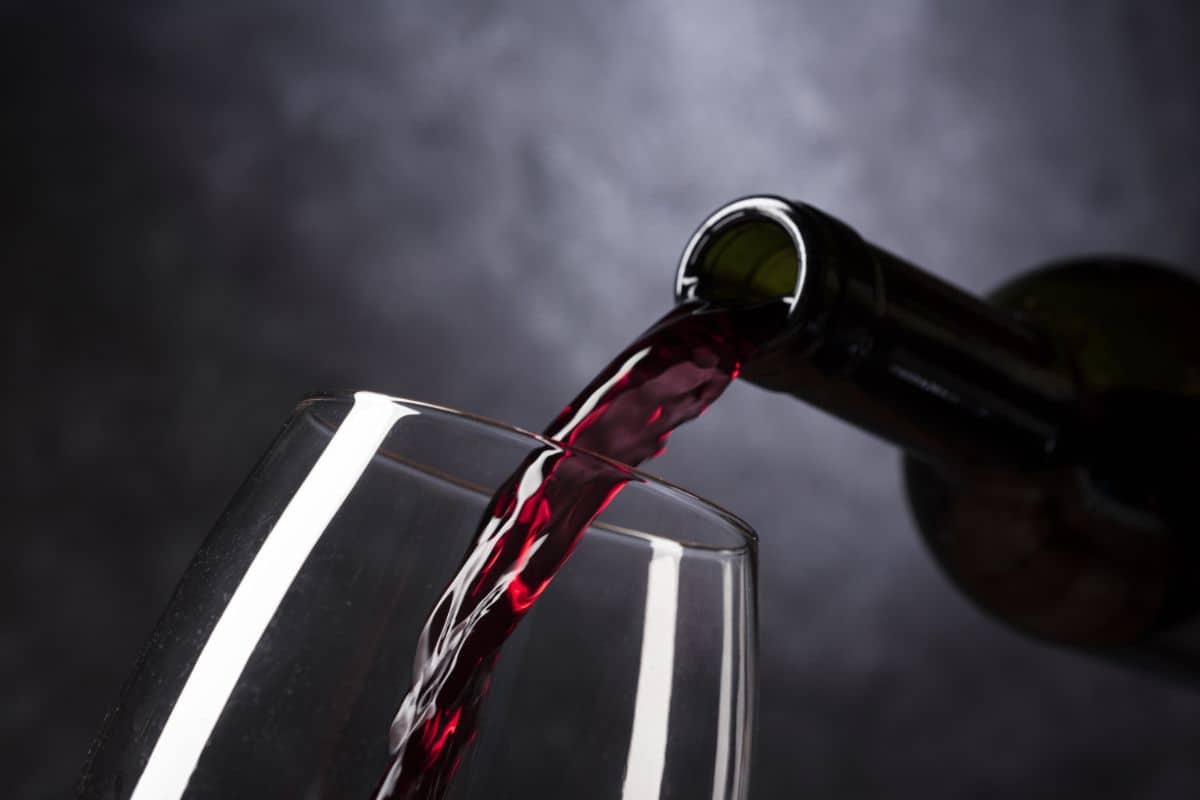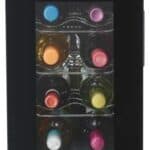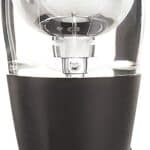If you are celiac or are close to someone who is gluten intolerant, you have probably wondered if wine is gluten-free.
Since wine comes in a massive variety of different styles and is also prepared in a variety of different ways, it is safe to assume that while some styles of wine might be safe, it is just as likely that others are not.

This guide will aim to explain if wine is gluten-free and help you work out if a certain type of wine you have is gluten-free.
If you have any questions about wine and its relationship with gluten, this article should answer them.
To give a simple answer, wine, if it is unflavored, should be naturally gluten-free.
This means it should be completely safe to consume if you are celiac or are on a gluten-free diet.
However, many wines nowadays, especially flavored wines, use additives that may not be gluten-free.
These additives are often not openly advertised on the bottle, so even if most wines should be gluten-free, it is always worth checking to see if the wine has any ingredients that contain gluten.
However, there are some types of wine which you can generally always assume to be gluten-free due to standards in their production.
Some of these wines include; Cabernet, Bordeaux, Chardonnay, Malbec, Chianti, Merlot, Moscato, Pinot Noir, Pinot Grigio, Riesling, Port, Rosé, Sherry, Sauvignon Blanc, and Zinfadel.
While it always best to exercise caution, all of these wines tend to be gluten-free.
While this has been a quick answer to the question, there are still more factors that can influence if wine is safe for celiac, and the rest of this article will cover these.
If you want to be as careful as possible when it comes to drinking wine with a gluten intolerance, keep reading!
How Could Wine Contain Gluten?

When examining whether or not wine could contain gluten, the best thing to do with any food or drink product is to look into how it is produced.
As many people know, the main ingredient of both red and white wine is made from grapes. Grapes are naturally gluten-free.
The process of fermenting these grapes also does not include any gluten, which could contaminate the wine.
After the wine has fermented it goes through a process known as fining in which substances will be added to the wine with the aim of clarifying it.
This is the first stage in the process which could potentially add gluten into the wine.
In this part of the wine making process, the fining agents will be bound to any unwanted particles that are in the wine, as well as any debris that is present.
These particles and debris are then filtered out of the wine with the aim of making it clearer and more attractive.
While the fining agent is mostly filtered out, there is always the strong chance that some of it will be left in the wine.
So if a wine goes through fining with a fining agent made with gluten, while most of it will get filtered out, there is a strong chance that there will be traces of gluten left in the wine.
If you are particularly sensitive to gluten, this could be an issue, so check which fining agents are used in the wine you are drinking if you are sensitive to even trace levels of gluten.
Luckily, this is only an issue if you are particularly sensitive to gluten.
This is because gluten which is added in the fining process of wine making is nearly always under the 20ppm (parts per million) content of gluten in the wine.
This means the product can legally be labelled as gluten-free, as a gluten content under 20ppm is nearly always harmless, with the exception of some very sensitive cases.
These gluten-free guidelines are set by the FDA, so you can ensure that they are followed by any product that is able to label itself as gluten-free.
Another factor which is also considered when it comes to wine being gluten-free is how wine could potentially get a gluten content during the aging process.
After the wine is made, it is often aged in oak barrels, and these oak barrels are often sealed using wheat paste.
While the wheat paste could potentially pass on a gluten content to these wines, luckily studies have been done to see if there is a possibility of this.
The studies on wines which have been aged in oak barrels sealed with wheat paste show that the gluten content of the wine in them stays below 10ppm of gluten content, keeping it well below the FDA gluten-free requirements.
So while these oak barrels could add some gluten-content, it is not enough to qualify the wine as not gluten-free.
So while some people consider that the fining process, and aging in oak barrels could add a gluten content to the wine, the gluten content is so minimal that the wine can still be considered gluten-free and safe for most people with gluten-intolerance.
Which Wines Are Not Gluten-Free?
While as previously mentioned, most wines do not have enough of a gluten content to be worth worrying about for most people, there are some variations of wine which are more likely to contain gluten and should be checked more closely.
Some of these which should be closely examined are, wine coolers, as well as openly “flavored” wine drinks, as well as wine cocktails.
All of these, while closely related to wine, have additives that are much less closely tracked and are much likely to have an unhealthy level of gluten content.
For example, wine coolers tend to be made with barley malt, which is definitely not safe for people with gluten intolerance.
Takeaway
When drinking standard wines, you can generally feel safe drinking them with a gluten intolerance unless you have a very severe level of sensitivity.
However, be careful when it comes to wine related products that are much more likely to contain glutenous additives.
- How to Learn Wine Tasting: Essentials for Beginners - March 10, 2024
- How to Learn to Like Wine: Cultivating an Appreciation for the Vintner’s Art - March 10, 2024
- Thanksgiving Sangria: A Flavorful Twist to Your Holiday Table - August 27, 2023








